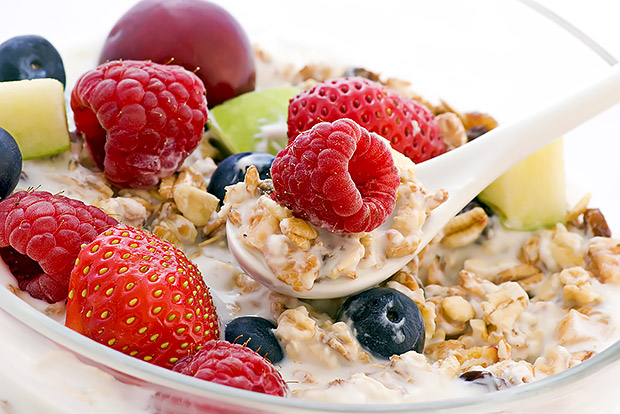
While neither soluble nor insoluble fiber is digested or absorbed, each type provides health benefits.
Types of Fiber
Soluble fiber: Soluble fibers include pectin, beta glucan, gums, and mucilages. They absorb water to form a gel-like substance, which slows digestion. Soluble fiber binds to cholesterol-containing bile acids preventing absorption. As a result, it is linked to a reduction in LDL (bad) cholesterol. It has also been found to slow the absorption of sugar in those with type 2 diabetes, which results in better blood glucose control.
Sources: Oat bran, barley, nuts, lentils, beans, peas, apples, pears, and citrus fruits.
Insoluble fiber: Insoluble fibers include cellulose, hemicellulose, and lignin. These fibers add bulk by retaining water, which speeds digestion and prevents constipation.
Sources: Wheat bran, brown rice, broccoli, cabbage, dark leafy greens, and raisins.
Recommended Intake
Most plant-based foods contain both soluble and insoluble fibers. Instead of tracking your intake of each type, health professionals recommend eating a variety of fiber-rich foods to get the soluble and insoluble fiber you need. Adults should aim to get 25 to 35 grams of dietary fiber each day.
Due to fiber’s role in digestion, a rapid increase in intake can result in bloating, cramping, and gas. When adding more fiber-rich foods to your eating plan, gradually add a few grams per week over several weeks until you reach the recommended amount. Increasing your water intake can also help ease the effects of increased fiber.
Fiber and Weight Loss
High-fiber foods have been associated with improved weight loss. These foods often have a texture that requires more chewing, which slows how quickly you finish a meal. Slower eating leads to mindful eating and a feeling of fullness. Many high-fiber foods, such as fruits and vegetables, are also low in calories. Additionally, high-fiber foods may keep you feeling full longer to prevent high-calorie snacking between meals.
Sources



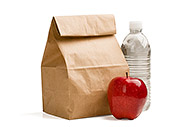 3 Healthy Lunches for Your Work Week
3 Healthy Lunches for Your Work Week
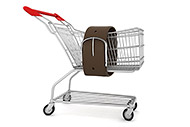 5 Tips for Stretching Your Budget for Healthy Food
5 Tips for Stretching Your Budget for Healthy Food
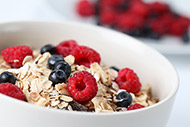 Best Ways to Reduce Added Sugar
Best Ways to Reduce Added Sugar
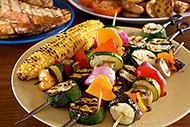 Healthy Tips to Lighten Up Picnic Foods
Healthy Tips to Lighten Up Picnic Foods
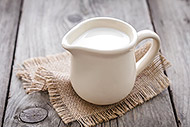 Do You Need to Drink Milk?
Do You Need to Drink Milk?
 Tips to Keep Track of Water Intake
Tips to Keep Track of Water Intake
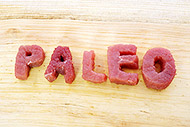 What Is a Paleo Diet?
What Is a Paleo Diet?
 Build a Healthy Salad
Build a Healthy Salad
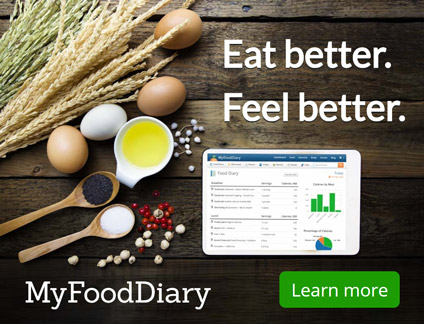
 Pinterest
Pinterest RSS Feed
RSS Feed